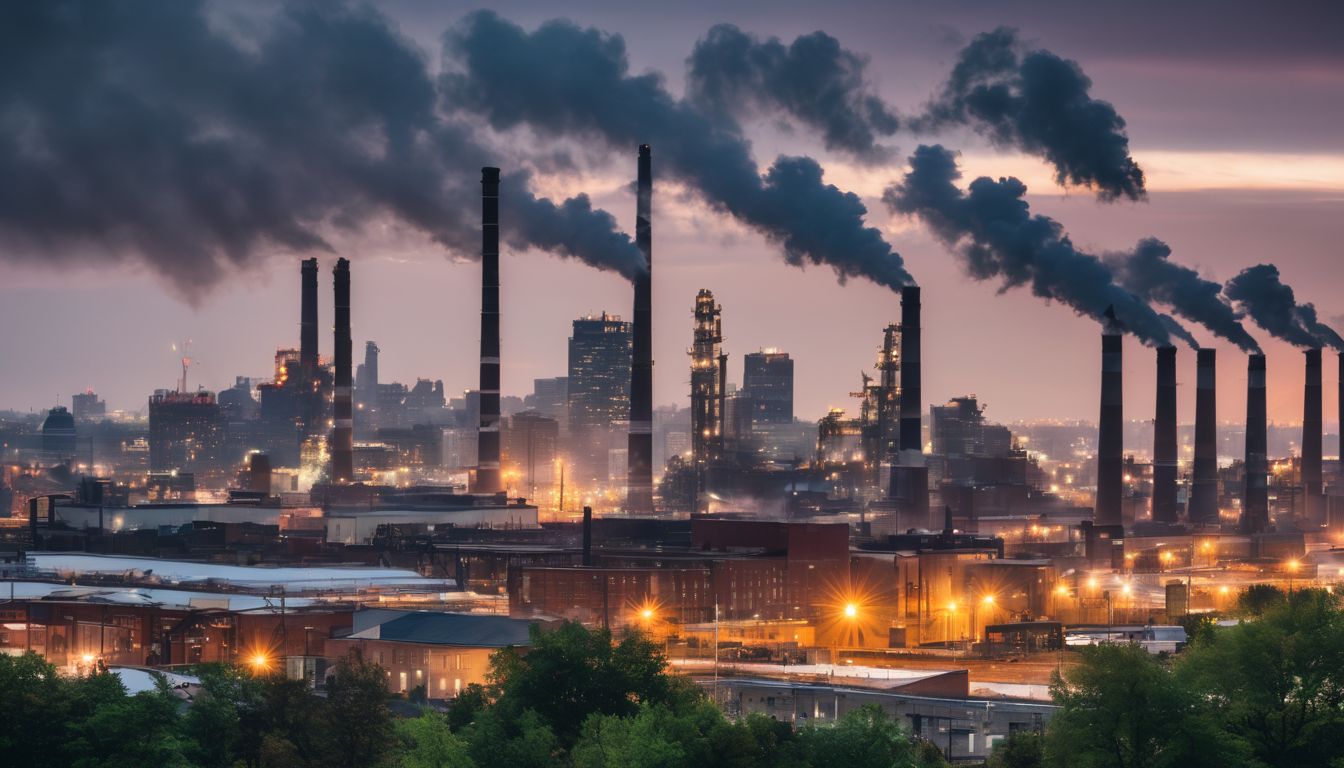In 2010 . Who would have thought that one line in a 1,000-page report could cause so much controversy? Two years later it turns out that while the original claim about the Himalayan glaciers never should have been written,2 the glaciers actually are melting!
2010 Controversy
Chapter 10 of the 2007 IPCC Report included the sentence: “glaciers in the Himalaya are receding faster than in any other part of the world [] and, if the present rate continues, the likelihood of them disappearing by the year 2035 and perhaps sooner is very high if the Earth keeps warming at the current rate.”4 Immediately after the report was released, geologists started complaining about the statement. A prominent Indian glaciologist, Vijay Raina, wrote that there was no sign of an “abnormal” retreat in Himalayan glaciers. Jairam Ramesh, India’s Environment Minister, went so far as to accuse the IPCC of being “alarmist.” In response to these complaints, the IPCC’s chairman, Rajendra Pachauri, announced that the Indian government report was “voodoo science” lacking peer review.5
IPCC chairman Pachauri was soon forced to eat his words. It turns out that the original IPCC statement was likely based on a report by the World Wildlife Fund, which in turn was based on a New Scientist Magazine account of an interview it held with an Indian glaciologist in 1999.6 The expert in question apparently said that the Himalayan glaciers would disappear in about 40 years, but did not repeat the claim in any peer-reviewed study.7 Another possibility is that the statement regarding melting by 2035 was copied incorrectly from a 1996 International Hydrological Program (IHP) report by Kotlyakov, which estimated that “extrapolar glaciation of the Earth will be decaying at rapid, catastrophic rates– its total area will shrink from 500,000 to 100,000 km² by the year 2350.”8
Regarless of how this misstatement ocurred, the repercussions were grave. Think about the magnitude of this error. As Jeffrey Kargel, a Research Scientist with the University of Arizona Department of Hydrology and Water Resources, put it:
You just can’t accomplish it… If you think about the thicknesses of the ice – 200-300m thicknesses, in some cases up to 400m thick – and if you’re losing ice at the rate of a metre a year, or let’s say double it to two metres a year, you’re not going to get rid of 200m of ice in a quarter of a century.9
Some commentators declared that, combined with the e-mail contents stolen from the University of East Anglia’s Climatic Research Unit, the credibility of the climate change science in general had been “undermined.”10 In response the IPCC issued a statement that:
[a] paragraph in the 938-page Working Group II contribution to the underlying assessment[] refers to poorly substantiated estimates of rate of recession and date for the disappearance of Himalayan glaciers. In drafting the paragraph in question, the clear and well-established standards of evidence, required by the IPCC procedures, were not applied properly.11
Nonetheless, the IPCC emphasized that the paragraph did not impact the “robust” science that the climate is changing as a result of man-made activities.12
So…How Fast are the Himalayan Glaciers Melting?
Unfortunately, scientists are having a difficult time quantifying the rate at which the Himalayas are melting. Only 50 of about 9,550 glaciers have been studied on the ground in detail. Many glaciers are virtually impossible to assess because they are at least 18,000 feet above sea level. As of 2010 a consensus has emerged among scientists that satellite data gathered so far generally shows glaciers on the retreat, especially in northeastern Himalaya.13 An article published this summer in the Scientific American noted a study that found that “82 glaciers in the Tibetan Plateau are retreating, 15 glaciers have dwindled in mass, and 7,090 glaciers have shrunk in size.”14 There does not seem to be much question that the glaciers are shrinking, but the magnitude of such shrinkage is hotly debated.
The debate is not only about the rate the glaciers are melting, it is also about why the glaciers are shrinking. It is hard to identify trends when there is so much variation due to micro-level climate and topography. In addition, while some glaciers are clearly melting, a warming world might actually increase the extent of other glaciers in the future. The Earth’s climate is also expected to get wetter as it gets warmer. Professor Michael Bishop of the University of Nebraska in Omaha says that the future of the glaciers is dependent on the local impacts of climate change: “If we have increasing precipitation, that might feed the glaciers and keep them around longer… However, if we had higher temperatures and decreasing precipitation, that might lead to their demise.”15
How can we Analyze the Himalayan Glaciers Going Forward?
In 1921, famed English mountaineer George Mallory photographed the north face of Mount Everest. Eighty-six years later, photographer David Breashears sat in the same spot as Malloy to capture the changes that had occurred over the nine decades hence. Breashears acknowledges that two data points captured many years apart do not tell us anything conclusive. Nonetheless, having observed the Himalayas over many years he wanted to show the changes he observed in the novel way of photographs because, “[t]he data doesn’t resonate. There is no imagery that corresponds to what we see in the charts.” What Breashears does believe in is the persuasive power of high-resolution imagery of Himalayan glaciers and the power of visually witnessing losing ice over time.16
Regardless of which specific glaciers grow or shrink, one thing that is certain is that human behavior will impact the entire landscape of the Himalayas. That should be enough for us to give pause to acknowledge the global impacts of our everyday actions related to , and to consider what policies and initiatives we want to support to change this trajectory.




